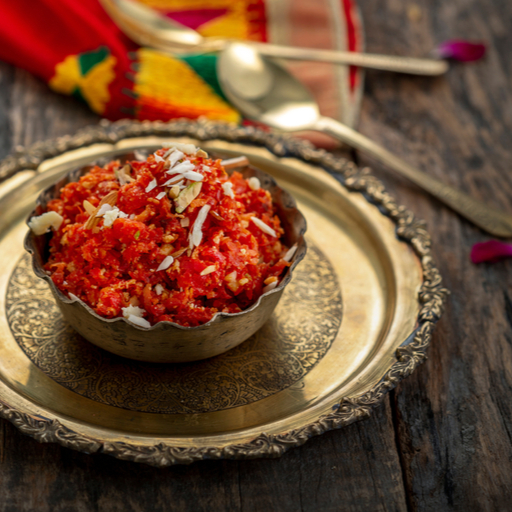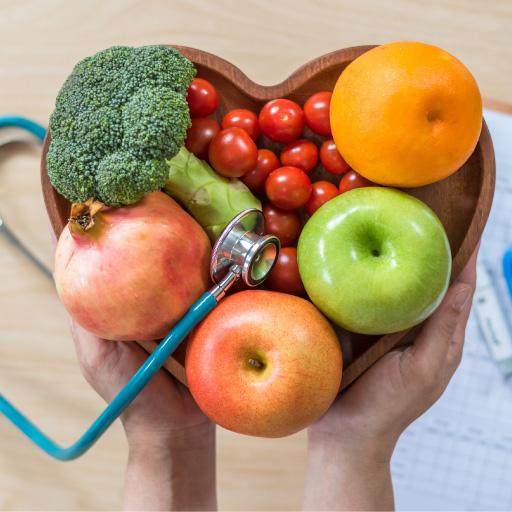A healthy and balanced diet is the major key to leading a healthy lifestyle.
Here’s what you need to know:
What is diabetes?
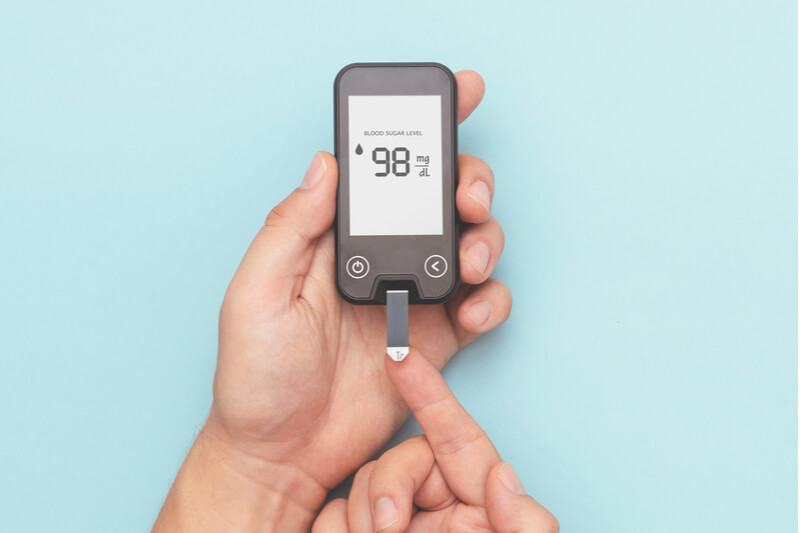
The food that you consume is broken down into sugar or glucose and is released into the bloodstream. When the blood sugar level goes up, it releases insulin from the pancreas into the bloodstream to produce energy.
Diabetes is a chronic condition that has an impact on how your body turns food into energy. If you have diabetes, the body either fails to produce insulin or is unable to use insulin effectively. When the cells stop responding to insulin, the blood sugar level increases in the bloodstream, often resulting in heart disease, kidney disease, and a loss of eyesight.
Some of the common symptoms of diabetes are weight loss, blurry vision, frequent urination, increased hunger and thirst, and extreme exhaustion.
Types of diabetes
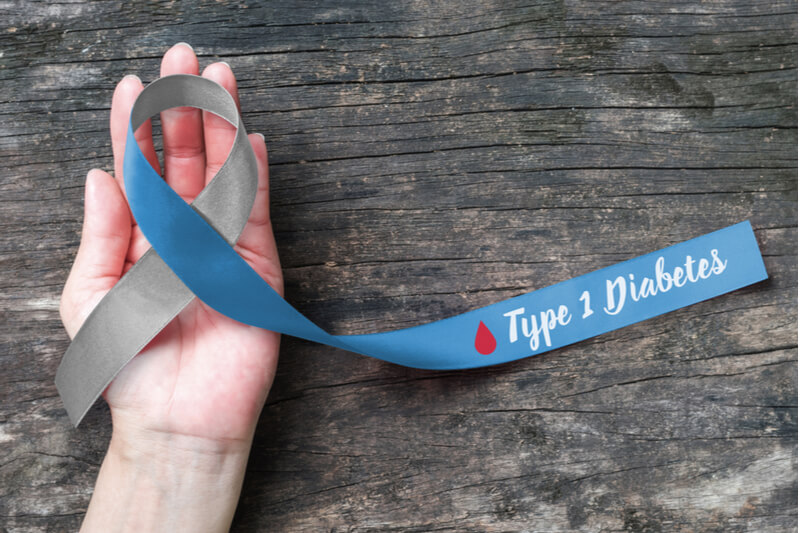
There are three types of diabetes:
- Type 1 diabetes wherein the immune system attacks cells in the pancreas.
- Type 2 diabetes occurs when the body becomes resistant to insulin, leading to sugar buildup in the bloodstream.
- Gestational diabetes, primarily in pregnant women, is caused by insulin-blocking hormones produced by the placenta.
- Diabetes insipidus is caused when the kidneys remove a lot of fluid from your body.
Healthy and balanced diet chart for diabetic patients
Although there is no cure for diabetes, you can always take precautions, starting from eating right. A balanced diet that is rich in nutrients can keep a diabetic patient’s sugar levels in check and the best way to start is to measure the portion size and calorie intake.
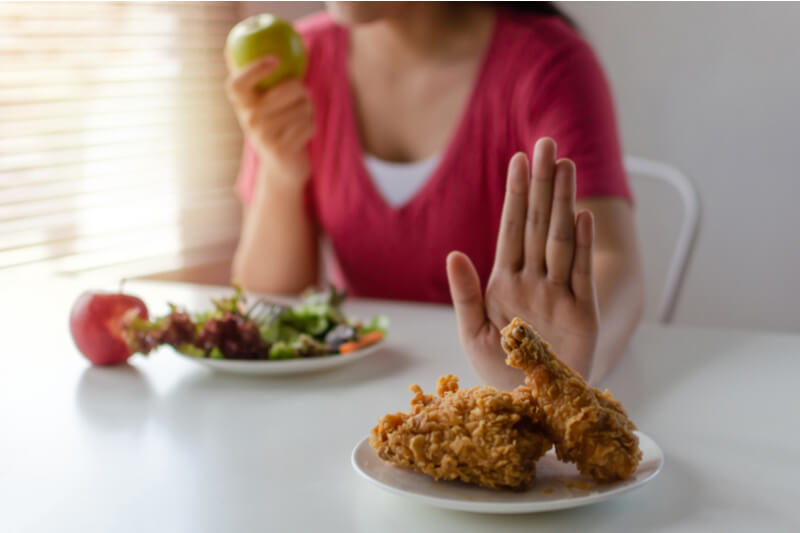
- Reduce your consumption of fried food or anything that contains high carbs, sweets, red meat, butter, salt, and sugary drinks. Instead, add green leafy vegetables like spinach and kale that are good for the heart and eyes, fresh fruits, and whole grains to your diet. Eat every few hours to keep your blood sugar level steady.
- During digestion, simple carbohydrates (sugar) and complex carbohydrates (starch) are broken down into glucose. Completely cutting back on carbohydrates is not the solution. Rather, focus on healthy carbohydrates and fibre-rich foods such as legumes (beans and peas) and low-fat dairy products.
- Foods rich in omega-3 fatty acids like fish can prevent heart diseases.
- Include monounsaturated and polyunsaturated fats in your meals like avocado, nuts, olive oil, and groundnut oil.
- Diabetics should eat starchy foods with a low glycemic index, including brown rice, whole grain bread, and whole-wheat pasta.
- Chia seeds and flax seeds can lower blood pressure, decrease heart diseases, and manage glycemic levels in diabetic
Last but not the least, you can always consult a dietitian who would be able to chart out a proper diet plan for you. Work your way around a proper diet to control your diabetes.
You can use our Blood Sugar Level Calculator to manage your blood sugar level. For more information on fitness and nutrition, visit the Activ Living Page.





 1800-270-7000
1800-270-7000






